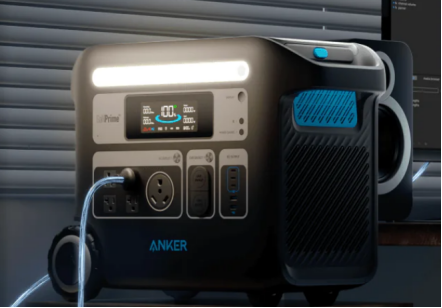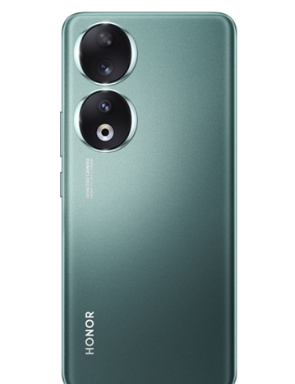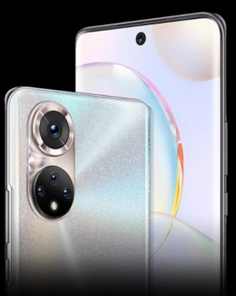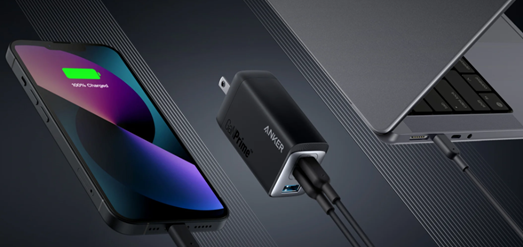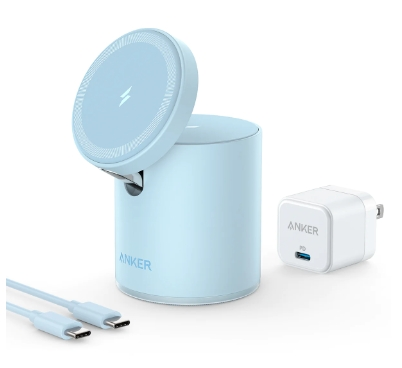
By cuterose
New Trackers Claim to Measure Your Stress, But Do They Work?
New fitness trackers claim they can go beyond counting people's steps and measuring how long they sleep — now, these devices can tell people when they're stressed out.
The goal is to help people identify the things that trigger their stress, so they can avoid them if possible.
Most of the devices that offer such stress detection measure the change in the interval between heartbeats — a measure known as heart rate variability. For instance, the Tinké by Zensorium, which costs $119, plugs into a phone and measures heart rate variability from the thumb. HeartMath's Inner Balance sensor, which costs $129, uses an earlobe clip and a plug-in phone sensor to measure heart rate variability.
But although heart rate variability has been used for decades to measure stress, fitness trackers may lack the capacity for data processing that makes accurate measurements possible. And without additional information and context, there's no way to know whether a dip in variability is caused by stress or positive excitement, experts say. [The Best Fitness Tracker Brands]
Managing stress
People don't always recognize the physiological signs of stress, and their memories of past stressful events can be colored by their current mood, said Daniel McDuff, a researcher at Affectiva, a Cambridge, Massachusetts-based company that analyzes emotion from facial expressions.
But noticing stress can help people cultivate a more mindful attitude toward their bodies, which could have practical benefits, said Frederic Shaffer, the head of the Center for Applied Psychophysiology at Truman State University in Kirksville, Missouri. Reducing stress can improve people's health, he said.
For instance, if people could identify that certain people, places or activities stress them out — and, for instance, cause a rise in blood pressure — they could change their habits, Shaffer said.
Heart rate variability
Heart rate variability is one of the most robust, noninvasive measures of stress response, McDuff said.
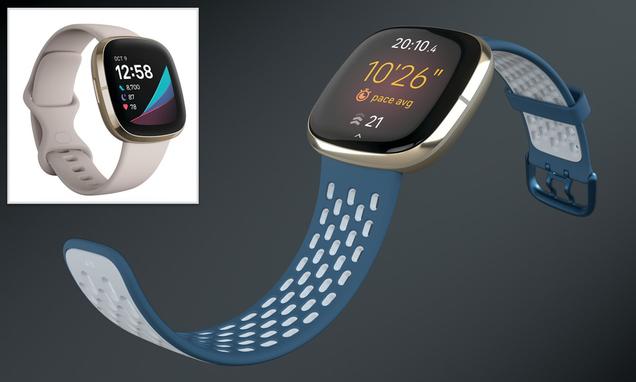
Researchers first linked heart rate variability to stress in the 1960s, when doctors realized that tests of babies who were in distress before birth revealed a more regular spacing between their heartbeats, compared with those not in distress. Subsequent studies have tied changes in heart rate variability to a host of diseases, from heart disease to diabetes to post-traumatic stress disorder (PTSD).
Although most people intuitively think the heart beats with a very regular rhythm, that's not the case. In fact, in healthy young adults, the interval between heartbeats naturally varies, to the extent that the heart rhythm during a single breath cycle (of one inhalation and one exhalation) can change by 10 to 15 beats per minute, Shaffer said.
"A healthy heart is not a metronome," Shaffer told Live Science.
But when someone is in a distressing or scary situation, the autonomic nervous system activates the fight-or-flight response, which reduces the variability in the interval between heartbeats. A stressed-out heart, for instance, may only vary by two beats per breath cycle, Shaffer said.
Signal from noise
The trouble with using heart rate variability to measure stress is that both distressing and exciting events can trigger this nervous-system response, McDuff told Live Science.
In order for a fitness tracker to tell whether someone is stressed, it would need to also track the context of the person's situation, McDuff said. For these trackers to be effective, they need to capture data about what a person is doing at any given time, he said.
In addition, sometimes the sensors that track heart rate miss a beat, or imagine one where none exists.
"Movement is going to create quite a bit of noise, or garbage, in the data that's being collected," Shaffer told Live Science.
In clinical settings, researchers use computer algorithms to clean up the data and distinguish the signal from the noise. But most fitness trackers probably don't have the robust computing power needed to do this type of complicated processing, Shaffer said. There is also no consensus on how long the heart rate should be measured to accurately determine heart rate variability, he said.
"Because these trackers are new, and because there's no consumers' lab checking them against, say, clinical-grade equipment, we have no idea about their accuracy," Shaffer said. (Both the Tinké and the Inner Balance say they have validated their data, and Shaffer, who is not affiliated with HeartMath, said he has used the Inner Balance and found it to be accurate.)
These "stress sensors" are still in the earliest stages of development, but as more robust sensors come to market, and as computing power grows and more people test them, it's likely newer generations will get better, Shaffer said. The trackers may be a fun thing to use for healthy people who want a "quick and dirty" measure of stress, or those who simply want to quantify every metric about their bodies that they can.
But right now, users should know that what they're getting hasn't been tested independently.
"So it's basically caveat emptor, or consumer beware," Shaffer said.
Follow Tia Ghose on Twitter and Google+. Follow LiveScience@livescience, Facebook & Google+. Originally published on Live Science.



